Description
hardware flow control. It is an ideal choice in the field of industrial automation.
Design and implementation of variable frequency transmission system based on ABB hardware architecture
introduction
With the increasing development of transmission technology and the increasing demand for actual use, variable frequency transmission systems have been widely used.
As a Fortune 500 company in the world, ABB is a leader in the fields of power and automation technology and has strong capabilities in control
systems, high-voltage, medium-voltage and low-voltage frequency conversion technology and transmission technology. Therefore, this article mainly
relies on ABB”s control, frequency conversion and transmission technology, and uses related hardware products to design and implement the frequency conversion transmission system.
To truly design and implement a usable variable frequency drive system, the entire system must be fully equipped, conveniently operable and
compatible with a wide range of needs, so that it can be used without changing the control method and operation. According to the actual control needs,
that is, combining frequency converters with different performances and variable frequency motors with different speeds or torques to quickly build and realize a variety of control requirements.
1 System design purpose and composition
The design purpose of this system is to control ABB inverters through local and remote control methods and complete 4 independent channels
of closed-loop speed control to drive different test objects to rotate.
The entire control system consists of the following four main components: remote control computer, panel industrial computer (touch screen),
PLC and speed-regulating frequency converter. The system design block diagram is shown in Figure 1.
In order to ensure the accuracy of motor speed control, an encoder module is added. The PLC can obtain the feedback of the rotary encoder in the
frequency converter through the ProfibusDP protocol. The speed control is performed through the frequency converter for internal PID closed-loop control.
2 System hardware implementation
2.1 Control some hardware
The control part of the hardware mainly refers to the sum of hardware that supports operators to use the equipment directly or indirectly and complete
the functions of the equipment. Its main hardware includes computer control terminal, touch screen control terminal, PLC control unit, other auxiliary
circuits and measurement and control components.
2.2 Transmission hardware
The transmission hardware mainly refers to the total number of equipment that can relatively independently perform a complete transmission function.
Its main hardware includes frequency converters, variable frequency motors (configured with rotary encoders as needed) and other auxiliary circuits.
Among them, the selection of motors and frequency converters should be based on the principle of selecting the motor first and then selecting the
frequency converter. details as follows:
First, according to the tangential speed at which the object under test is to complete rotation, select the motor speed according to the following formula:
Secondly, choose based on several other important basic parameters of the motor, such as system hardness, torque, weight, etc
. This system uses ABB”s variable frequency motor.
Finally, select an appropriate frequency converter based on the motor power. In addition, the actual situation of the object being tested must also be taken
into consideration, such as whether the rotating load belongs to the heavy-load usage of the frequency converter, etc.
3Software system
System software includes three major categories in total, namely computer control software, touch screen software and PLC software. Among them, the PLC software, as the
underlying software, is responsible for the interaction with the computer control software and touch screen software on the upper side, and the interaction
with the frequency converter on the lower side. Therefore, from the architecture of the entire software system, it can be defined as a host and slave computer structure.
3.1 System development platform
The software system has two control methods: remote and local. The development platforms for the three major categories of software are Windows operating system,
LabVIEW[4] integrated development environment, CodesysV2.3, and CP400.
3.2 System software architecture
The software of the entire system is divided into three types, namely remote control software, PLC control software and local control software. Among them,
the remote control software runs under the Windows operating system and is developed under the LabVIEW integrated development environment; the PLC control software is
developed under the CodesysV2.3 programming environment; the local control software runs on the touch screen computer and is developed under the CP400 environment.
The relationship between the three software is shown in Figure 2.
https://www.xmamazon.com
https://www.xmamazon.com
https://www.plcdcs.com/
www.module-plc.com/
https://www.ymgk.com
330103-00-07-05-02-RU Bently Nevada Extension Cable
177230-01-01-RU Bently Nevada Seismic Transmitter
330103-00-17-10-02-05 3300 XL 8 mm Proximity Probes
330102-20-55-10-02-RU 3300 XL 8 mm Proximity Probes
330130-045-01-05 Bently Nevada Extension Cable
330103-08-13-10-02-05 3300 XL 8 mm Proximity Probes
330905-00-09-05-02-05 3300 NSv Proximity Probes
330103-00-13-10-02-05 3300 XL 8 mm Proximity Probes
125565-01 Half-height Blank Front Panel Cover (Spares)
330103-17-22-10-02-05 3300 XL Proximity Transducer System
131151-01 Half-height Blank Front Panel Cover (Spares)
3500/22-01-01-R0 Bently Nevada Transient Data Interface
3500/25-01-05-R0 Enhanced Keyphasor Module
3500/62-04-R0 Bently Nevada Process Variable Monitor
REF615E-1G ABB Feeder Protection and Control
1756-PA7585-265V Allen-Bradley ControlLogix Power Supply
IS200DSPXH1DBD GE printed circuit board
IS200ERDDH1ABB GE Mark VI Speedtronic system
MM-6702 REVA P/N 2000795 Micro Memory Board
PT-VME330B 16 – Port Synchronous Communications Controller
ACS580-01-073A-4 ABB LV AC general purpose drive module
ACS580-01-430A-4 ABB LV AC general purpose drive module
ACS580-04-650A-4 ABB LV AC general purpose drive module
3500/25-01-05-00 Bently Nevada Enhanced Keyphasor Module
REF615 HBFJAEAGABC2BAA11G Feeder Protection and Control
AKM52K-ACCNR KOLLMORGEN AKM™ Series Servo Motor
330180-90-00 Bently Nevada 3300 XL Proximitor Sensor
330105-02-12-05-02-00 Bently Nevada Reverse Mount Probes
80190-100-01-R Allen-Bradley OPTICAL INTERFACE BASE PCB
IC693PWR321R GE Standard Power Supply module
80190-600-01-R Allen-Bradley OPTICAL INTERFACE BASE PCB
1746-NI8 Allen-Bradley SLC 500 Analog I/O Module
PCI-4472 778348-01 NI Sound and Vibration Device
P0926GH FBM224/230 Communication Input Interface Module
2080-LC50-24QWB Micro 850 Programmable Logic Controller
FBM242 P0916NG Discrete Output Interface Module
VMIVME-7750-740000 VME Single Board Computer
REU610CVVHCNP01 ABB Voltage relay system
MIVII1000E00HI00 GE Universal relay
JZRCR-YPP01-1 YASKAWA Motoman Programming Pendant
5069-L310ERS2 SIL 2 type of CompactLogix 5069 controller
VTR-5-NB DEIF Bridge wing indicator
CX1020-0000 BECKHOFF Embedded controller
SE4006P2 EMERSON DeltaV™ Controller Redundancy
1756-OW16I/A ControlLogix Discrete output module
KJ4010X1-BC1 DeltaV™ Electronic Marshalling for Migrations
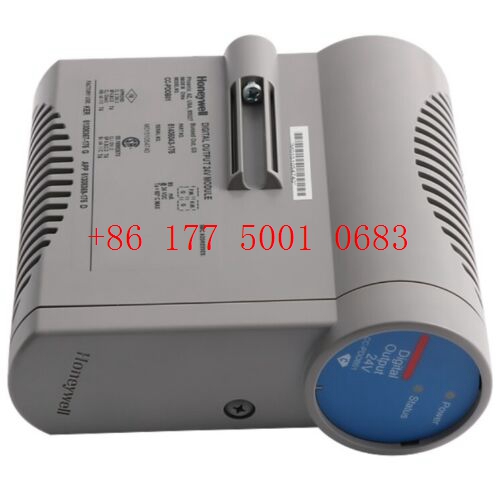
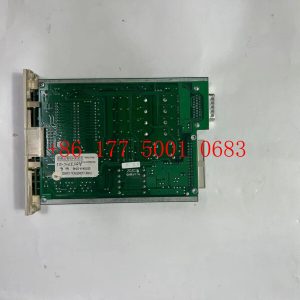
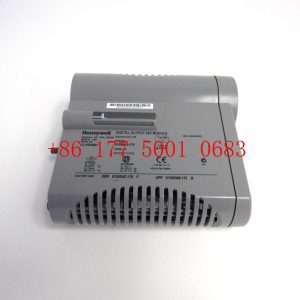
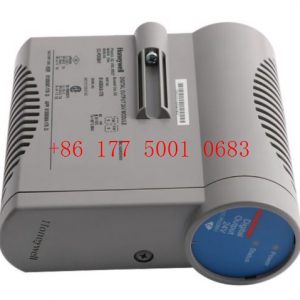
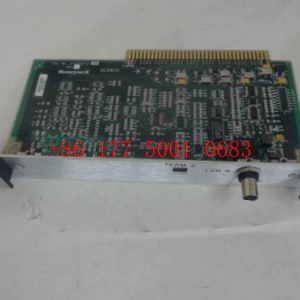




Reviews
There are no reviews yet.